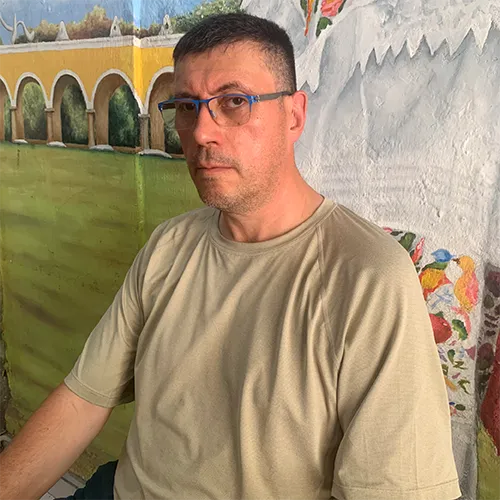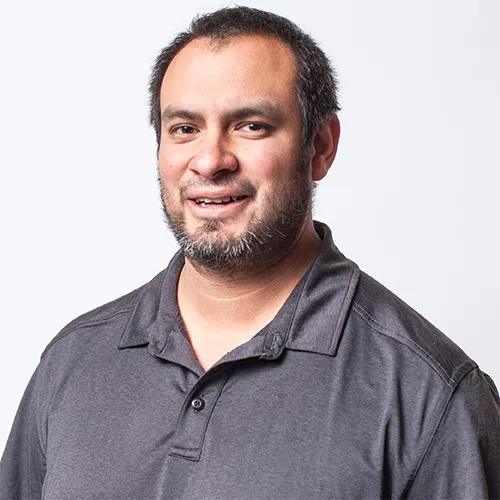How to Win Hazard Pay Twice

After winning hazard pay in March of 2020 — a first for public service workers in Washington state—WFSE Local 304 members at Seattle Colleges fought for and won hazard pay again, this time as a lump sum for essential workers.
How did they do it?
Step 1: Widely Felt Issue
All successful union organizing campaigns have two things in common: the organizing issue is both widely felt across the workplace and deeply felt. The desire for hazard pay fit the bill.
In June of 2020, just as new COVID-19 infections began surging out of control, Seattle Colleges terminated the hazard pay premium that WFSE Local 304 members had won earlier in the year.
To many, it felt like a slap in the face.

“All those months I was risking my own skin and risking the safety of my relatives to keep Seattle Central running” said Darwin Ruiz De La Riva, a custodian and WFSE member who lives in a multi-generational household. “I don’t care how much PPE you provide me with, there is still exposure.”
Keeping the college clean and safe became nearly impossible for Darwin and his coworkers when nearby Cal Anderson Park became Capitol Hill Occupied Protest or CHOP following the murder of George Floyd. Custodial and maintenance crews cleaned up human waste and needles on a daily basis while campus security opted to work in street clothes after being hit with rocks.
Step 2: One-on-One Conversations
To turn this workplace issue into action, Seattle Central College maintenance mechanic and union shop steward Monty Diaz went door to door checking on his coworkers to see if they were OK and to convince them that they should push for reinstatement of hazard pay.

“I told them, ‘We deserve this. We risked our safety to keep this place open. We’re people. We’re not here just to serve them and go home.’ When you explain it like that, it’s really easy to get people moving.”
To get everyone on board, he built relationships with coworkers in other departments like security and the mail room and even visited his coworkers at home after work.
Step 3: Solidarity
With essential workers unified, the next step was to get the support of people who were working from home—people who would not directly benefit from hazard pay.
The tool that developed this solidarity organically was the Seattle Colleges Member Action Team (MAT), which includes employees from all job classes.
As an administrative assistant at Seattle Central College working in the library and employee development, Dawnelle Wilkie came onto campus sometimes to help students, but not every week.

“When we realized how much risk our union siblings were putting themselves in for the college to function, we were incensed,” Wilkie said. “We really understood how this was affecting people’s wellness and their feeling about whether or not they are valued.”
The MAT decided to go all-in on the push for hazard pay during union-management meetings.
“It was labor militance that secured this victory for us,” said Johnny Dwyer, an IT specialist at Seattle Central College and vice president of WFSE Local 304. “We did not give management a moment’s peace and it was obvious they were sick of hearing us in every single meeting. But we are not here to be buddies with management.

“Getting our Member Action Team together was the critical first step. Then we demonstrated this organization and solidarity with one another by taking the fight to management’s doorstep. When we as organized workers are militant, demand what's right, and are uninterested in whether management likes us, these are the kinds of wins we can extract.”
Step 4: Leadership Building
Another benefit of having a strong MAT in place was being able to bring new faces into meetings with management. When management saw people they didn’t expect to be involved in union activism asking for hazard pay, they knew the workplace had been thoroughly organized.
Step 5: Research
On May 15, 2021, Wilkie attended a town hall discussing WFSE and AFSCME’s legislative victories. One item in the American Rescue Plan caught her eye: the over $10 million dollars of federal funding that Seattle Colleges received that could be used for pandemic-related pay.
She brought it up during the next union-management meeting. “We told them, ‘You already have the money. So use it.’”
That was the tipping point.
“Of course, if we hadn’t fought for it all year long, it would not have happened,” Wilkie said. “They would have funded something else.”
Victory!
Finally, after a year of tireless effort from union activists, Seattle Colleges issued a one-time lump sum payment of between $2,500 and $1,500 to those classified staff who were routinely required to be on campus over the past year.
It wasn’t just about money
“It was never about the money,” De La Riva said after the victory. “Winning hazard pay was about forcing them to acknowledge that I am a person—a human being—not just a body.
“This is a good start, and we need long-term investment in our colleges. We still have a problem with staffing. We have half as many custodial positions as when I started here and more work. We’re here for the students, and we can’t do our jobs with current funding levels.”
--
Not a WFSE Member? Join the nearly 47,000 public servants across Washington in speaking up for our jobs, families and communities. Join today.
